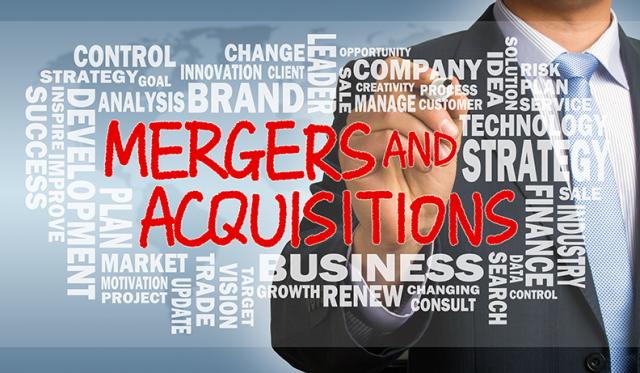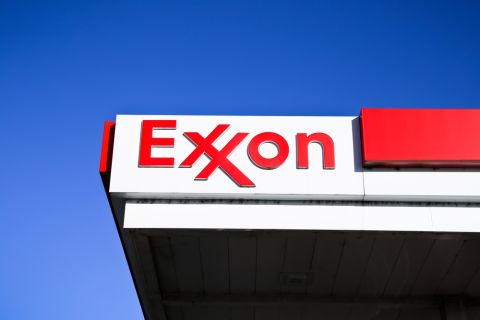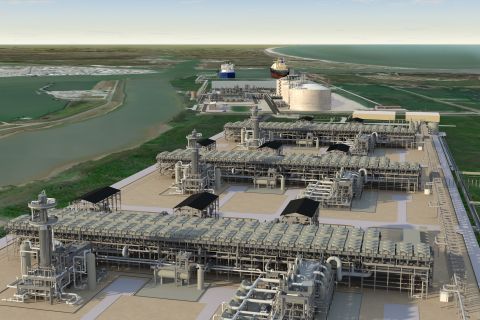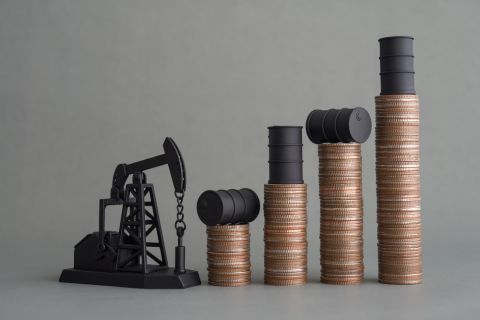
When the cyclical oil and gas industry experiences a global downturn, there’s a lot of uncertainty. How do we manage production? Where can we cut costs? When will prices return? Analysts predict, but nobody knows. In all of the complexity, there’s one thing we can count on—consolidation is inevitable.
As companies struggle to compete and justify their very existence in tough conditions, executives look to mergers and acquisitions as a solution. But what’s the most important factor for success?
A 2016 KPMG study of decision-makers showed a well-executed integration plan is more important than a good deal price. And although integration can take many forms (i.e., human capital, technology, operations, etc.), brand is the one essential component that syncs everything together.
Brand is a function that not only communicates the value of the newly created or enhanced company, but also serves as a filter to simplify and guide decision-making, product/service development and cultural transformation.
Here are three ways brand can help any oil and gas company execute a smart, efficient integration plan during a merger or acquisition:
Clarify your story: Both internally and externally, people can take action when they know what they’re working toward. Building a strong brand, rooted in purpose, can clarify exactly what your company stands for and why it matters in times when the reasons for making an acquisition may not be so clear. Refreshing or completely overhauling a brand in light of an evolving offering helps external audiences understand what you’re trying to achieve, beyond dollars and cents, and it shows employees how they fit into the equation.
Rationalize your portfolio: In many oil and gas mergers, overlapping products and services is almost guaranteed. And often times they come with well-established brand names and decades of brand equity. A well-thought out brand architecture strategy can help guide decision-making around consolidating offerings, strengthening broader solutions and even bringing new offerings to market.
Engage employees: Brand-led employee engagement not only helps people build a relationship with the company, but also helps build a unifying culture around a common goal. Oil and gas is a global business, and company culture is far from homogenous. But a strong engagement plan, infused throughout the integration process, brings people together and helps the organization realize the true value of the merger, faster.
A great example from 2016 can be found with the integration of Cameron under the Schlumberger brand. A seasoned veteran of acquisitions, it’s clear the Schlumberger team has a sound brand strategy. Leading with a powerful story centered around complete solutions built on advanced technology, it was clear how Cameron fits into the mix.
As Schlumberger Chairman and CEO Paal Kibsgaard said, “As a combined company, we will drive total system performance through a much closer integration between the surface and subsurface components of both drilling and production systems.”
A consistently applied endorsement line on the Cameron logo clearly demonstrates how it is part of a larger company. A strategy employed successfully by Schlumberger in the past to ease customers under its umbrella (see MI Swaco, Smith Bits).
Finally, a clear call to employees came from former Cameron CEO and future president of the Schlumberger Cameron Group, Scott Rowe: “This is an exciting time for all Cameron employees as we integrate our portfolio with Schlumberger technologies to deliver improved operational performance, higher levels of cost efficiency, and close commercial alignment through new risk-based business models, while continuing to focus on the needs of our customers.”
As the industry continues to navigate the deep waters of uncertainty, it’s crucial to utilize tools and resources that bring clarity. For mergers and acquisitions, it’s essential to get the unified message out clearly, succinctly and in a way that’s compelling to both internal and external stakeholders. In time, the market will return and the forward-thinking winners of tomorrow are those that are putting the pieces for success in place today.

Nick Miller is strategy director at Siegel+Gale, a global brand strategy, design and experience firm.
Recommended Reading
Exxon’s Guyana Gas Project a “Win-Win,” Set for Hook-up by Year-end ‘24
2024-04-26 - Exxon Mobil Corp. CEO Darren Woods said the company’s gas-to-power project in Guyana as a “win-win proposition particularly for the people of Guyana” when completed and hooked-up by year-end 2024.
Segrist: The LNG Pause and a Big, Dumb Question
2024-04-25 - In trying to understand the White House’s decision to pause LNG export permits and wondering if it’s just a red herring, one big, dumb question must be asked.
Texas LNG Export Plant Signs Additional Offtake Deal With EQT
2024-04-23 - Glenfarne Group LLC's proposed Texas LNG export plant in Brownsville has signed an additional tolling agreement with EQT Corp. to provide natural gas liquefaction services of an additional 1.5 mtpa over 20 years.
US Refiners to Face Tighter Heavy Spreads this Summer TPH
2024-04-22 - Tudor, Pickering, Holt and Co. (TPH) expects fairly tight heavy crude discounts in the U.S. this summer and beyond owing to lower imports of Canadian, Mexican and Venezuelan crudes.
What's Affecting Oil Prices This Week? (April 22, 2024)
2024-04-22 - Stratas Advisors predict that despite geopolitical tensions, the oil supply will not be disrupted, even with the U.S. House of Representatives inserting sanctions on Iran’s oil exports.




